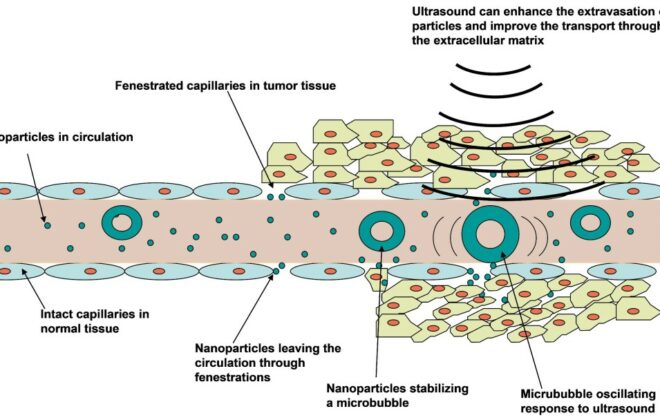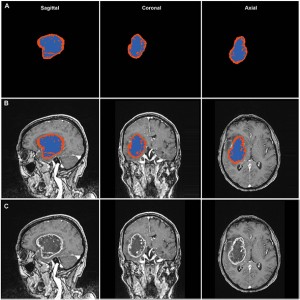More medicine to the tumour using ultrasound and microbubbles
Focused ultrasound, gass-filled microbubbles and nanoparticles filled with chemo can cure cancer in mice and reduce the tumour size in patients. How is this possible? Read more in this blog post at Forskning.no (in Norwegian): Mer medisin til kreftsvulsten ved hjelp av ultralyd og mikrobobler
Can hybrid PET/MRI improve the diagnostic accuracy of brain glioma?
Gliomas are the most common primary brain tumors in adults with an incidence of around 250 cases per year in Norway. The outcome is poor, and the diagnostic accuracy is essential to estimate overall prognosis and to plan the best treatment for the patient. Can a hybrid PET/MRI system improve the diagnostic accuracy and treatment planning for this patient group?
Enhancing marine sonar and medical ultrasound imagery using wave coherence
CIUS researchers are investigating whether a property of ultrasonic waves known as coherence can be used to detect microcalcifications in human tissue for cancer screening. In marine sonar, it has already been used successfully for detecting and characterising objects and features on the seafloor. The…
Automatic lung cancer staging using CT data
For patients suffering from lung cancer, the diagnosis phase is crucial in order to select the best course of action and predict both outcome and survival expectancy. At the same time, the diagnosis is solely based on one CT data and relies heavily on the…
Can the growth rate of brain tumours help predict survival?
Glioblastomas are tumours that originate from brain tissue. It is both the most common and most aggressive type of brain tumour. The median survival at group level is only 10 months for glioblastoma patients in Norway, but it is difficult to predict how long an…





